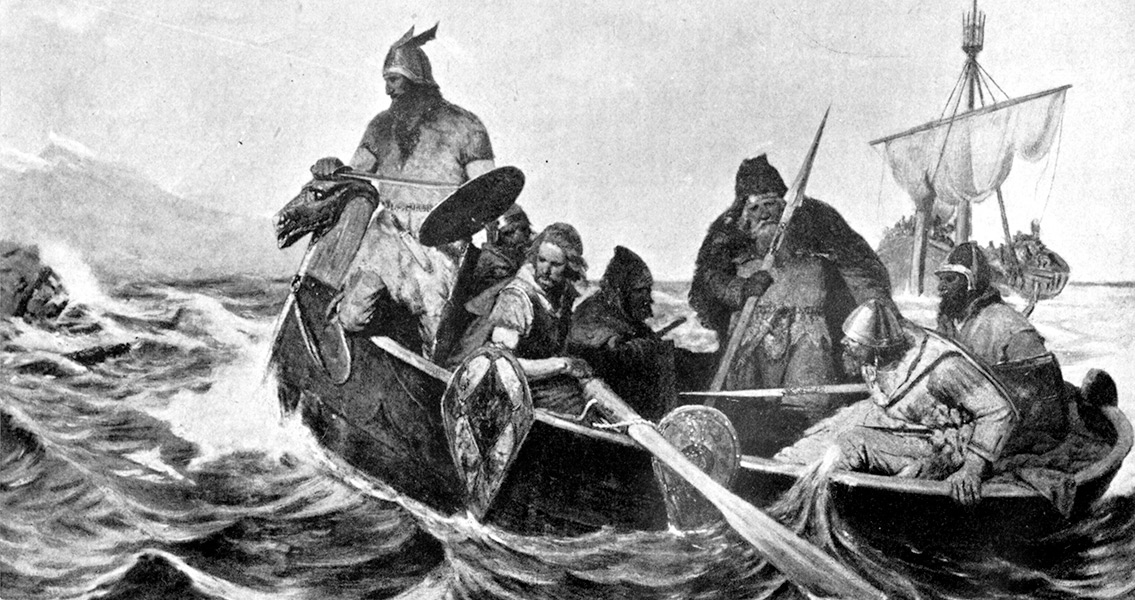<![CDATA[At an archaeological dig near Lake Küçükçekmece in Istanbul, Turkish researchers are working at uncovering the ancient city of Bathonea, but it’s an Amber necklace uncovered in the process that’s causing a lot of excitement for historians and archaeologists. Not just any necklace, the Viking-period Amber necklace may provide the long sought after evidence of a Viking presence in ninth century Turkey. As the story goes, approximately 700 Vikings are believed to have gone to Byzantium (what is now Istanbul) from Scandinavia by way of Russia. Their journey down the Dnieper river brought them first to Kiev, the capital of the Polanians. Kiev delighted them so much they decided to stay. They overthrew and then ruled over the Polanians for twenty years. The pull of Byzantium and its riches remained however, and at some point a large group of Viking warriors (called Varangians in Istanbul) left Kiev and finally reached the Golden Horn with two thousand ships. A huge ransom was paid to keep the city from falling into the hands of the Vikings. According to historians, a large number of Vikings are believed to have remained in Istanbul for approximately 400 years, living as soldiers and merchants. Byzantine emperors, it’s said, took to exclusively using Vikings, known for their trustworthiness, as their bodyguards. In other texts, Viking warriors have been mentioned as fighting as mercenaries for the Byzantines as early as 911. Also known as the Eastern Roman Empire, the Byzantine Empire has been traced as far back as 330 CE, when Constantine I, the Roman emperor at the time, dedicated the location of the ancient Greek society of Byzantium as the New Rome. Although the western Roman Empire crumbled in 476, the eastern half continued for more than a 1,000 years, producing a rich tradition of literature, art, and learning. The Byzantine Empire also served as a military buffer between Europe and the threat of an invasion from Asia. The Empire ultimately fell in 1453. Regardless of literary references, to date the presence of Vikings in Istanbul has never been proven. Hidden for over a millennium, it was a 21st-century drought that revealed the ruins of the long-lost harbor city Bathonea. Five years after the discovery of Bathonea’s four kilometre seawall on the edge of Lake Küçükçekmece, the site continues to yield a wealth of architecture and rare artifacts which span a thousand years of the Byzantine era. Excavations have practically doubled Bathonea's known size, supporting the idea it was a wealthy and fully outfitted harbor city which thrived between the fourth and eleventh century, when much of it was leveled by a massive earthquake. Bathonea is an important find because so little remains of the first few centuries of the Byzantine Empire due to the ancient city being built over too many times in its 1,600-year history to leave much behind. ]]>
Amber Necklace May Prove Viking Presence in Istanbul
